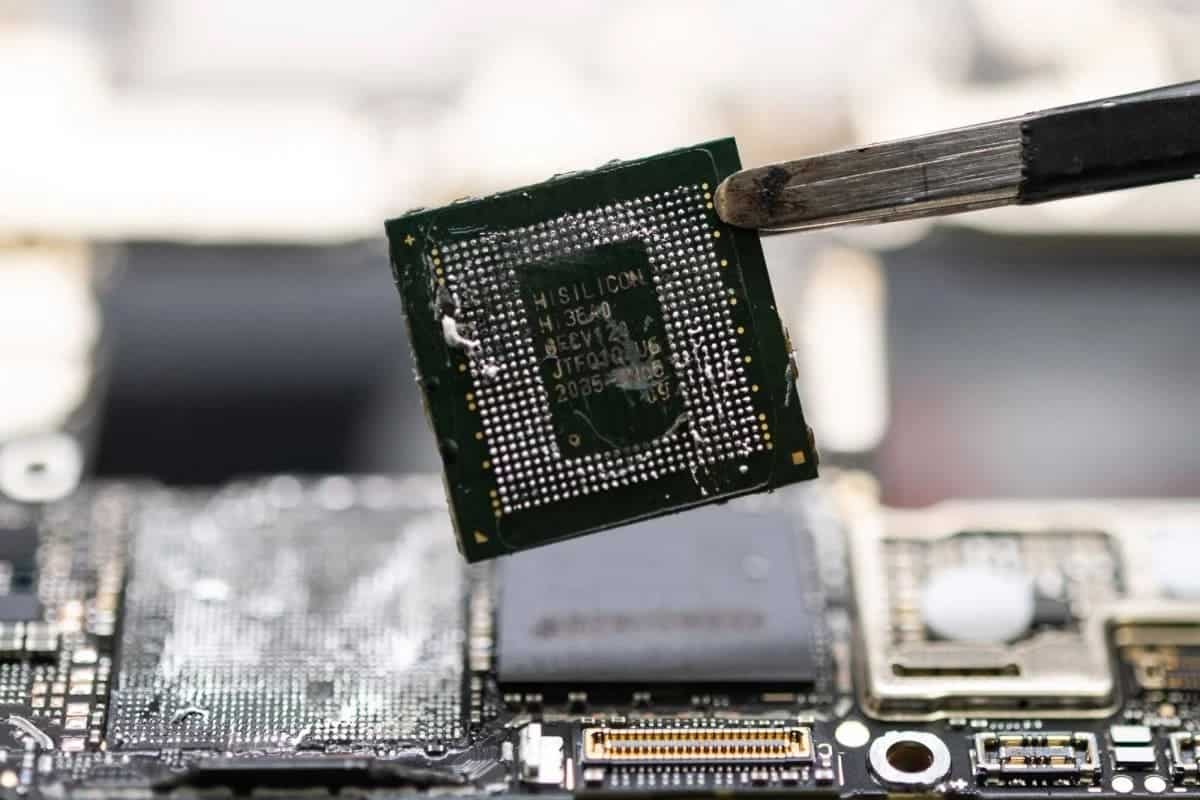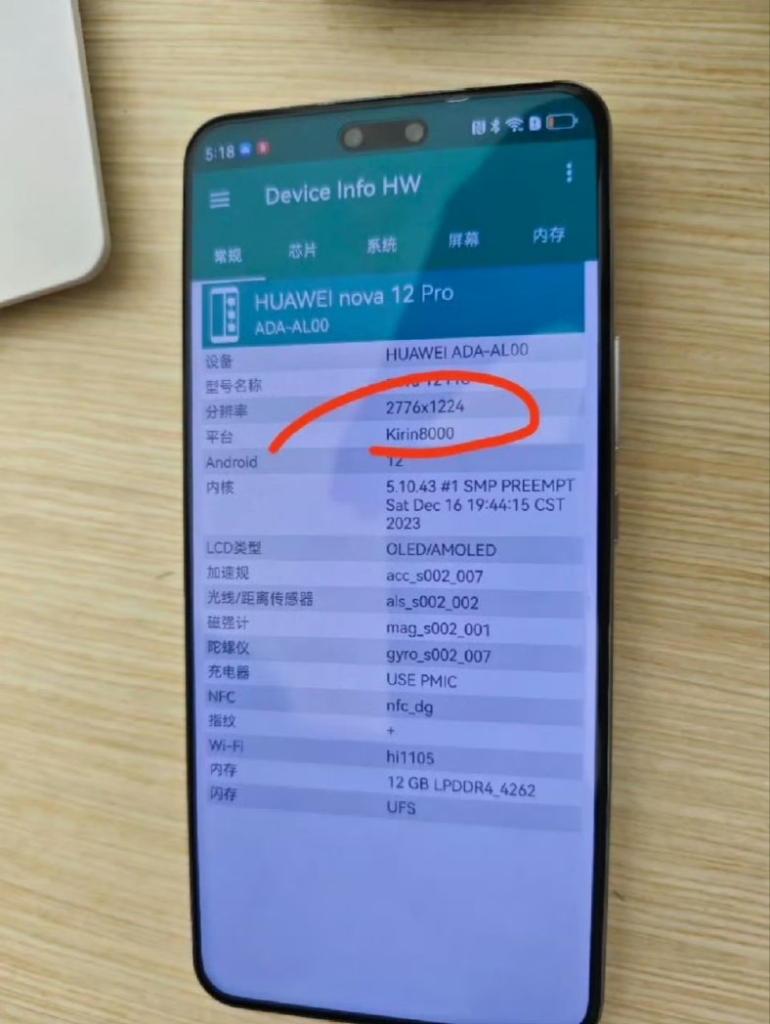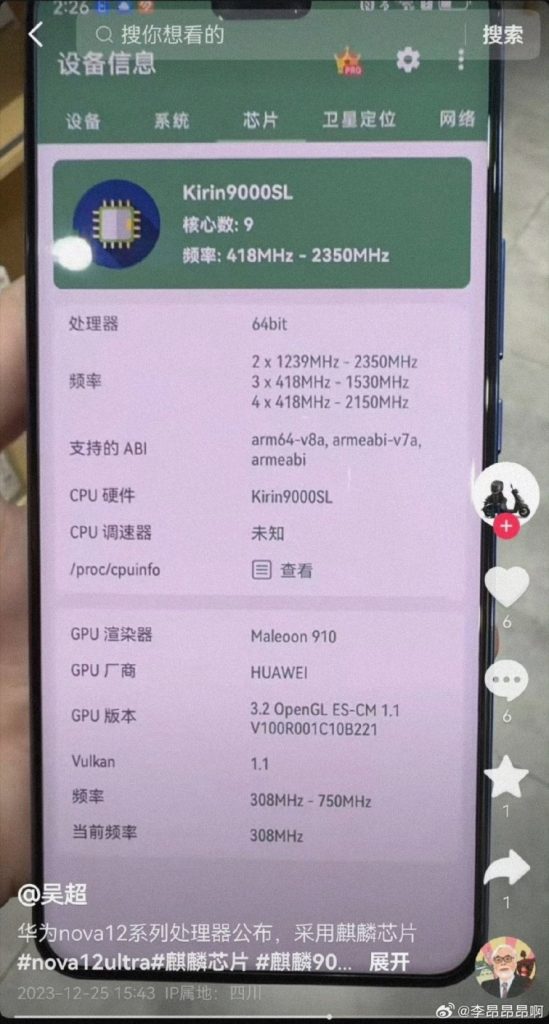Huawei Reduces Foreign Dependence with Two New In-House SoCs — Kirin 8000 & 9000SL

Huawei is slowly trying to regain its position as a strong competitor by strengthening its own chipset portfolio for smartphones. We saw the Kirin 9000S making headlines earlier this year, and now multiple sources have confirmed how the Chinese smartphone giant will be bringing a new set of SoCs to its Nova 12 lineup next year.
Huawei Debuts Kirin 8000 in Nova 12 Pro, Targets Budget Segment
The Nova 12 Pro has recently been spotted housing a completely new Kirin chipset, the Kirin 8000. While details are scarce on this SoC, we now know that Huawei isn’t focused too much on fabricating the most competitive chipsets. Instead, it is focused on broadening its portfolio, incorporating more budget-oriented segments too.

While it was speculated that Huawei could potentially introduce the Kirin 9000S to its budget offerings, the numbers just weren’t feasible. Already with the fabrication of the 9000S, Huawei had spent too much, since it found it difficult to procure EUV equipment, which takes a lot of time and money to manufacture and is supplied by a Dutch firm, ASML, which in turn is banned from selling its equipment to China.
Even with the older, less efficient DUV equipment available to China, more specifically, SMIC, Huawei, is trying to broaden its chipset offerings.
The Kirin 9000SL is a Toned-Down Version of Kirin 9000, Housing the Same GPU
Huawei’s more premium offering, specifically the Nova 12 Ultra apparently also houses a completely new chipset, the Kirin 9000SL, which is a toned-down version of the 9000S. The SoC uses the same GPU — Maleoon 910, but has pushed down the clock speeds.

The 9000SL features a nine-core CPU cluster with the “2+3+5” configuration, with one additional big-core than the 9000S. However, these are clocked in at 2.35GHz, rather than the 2.62GHz on the Taishan V120 big-core on Kirin 9000S.
Apart from that, there is no confirmation on whether this new chipset uses the rumoured 5nm process node, or sticks to the 7nm. Either way, Huawei seems to be making progress with being less reliant on foreign companies by expanding their own offering to push out more devices.
This is all we know for now, but rest assured that we will keep you updated as new information becomes available.





